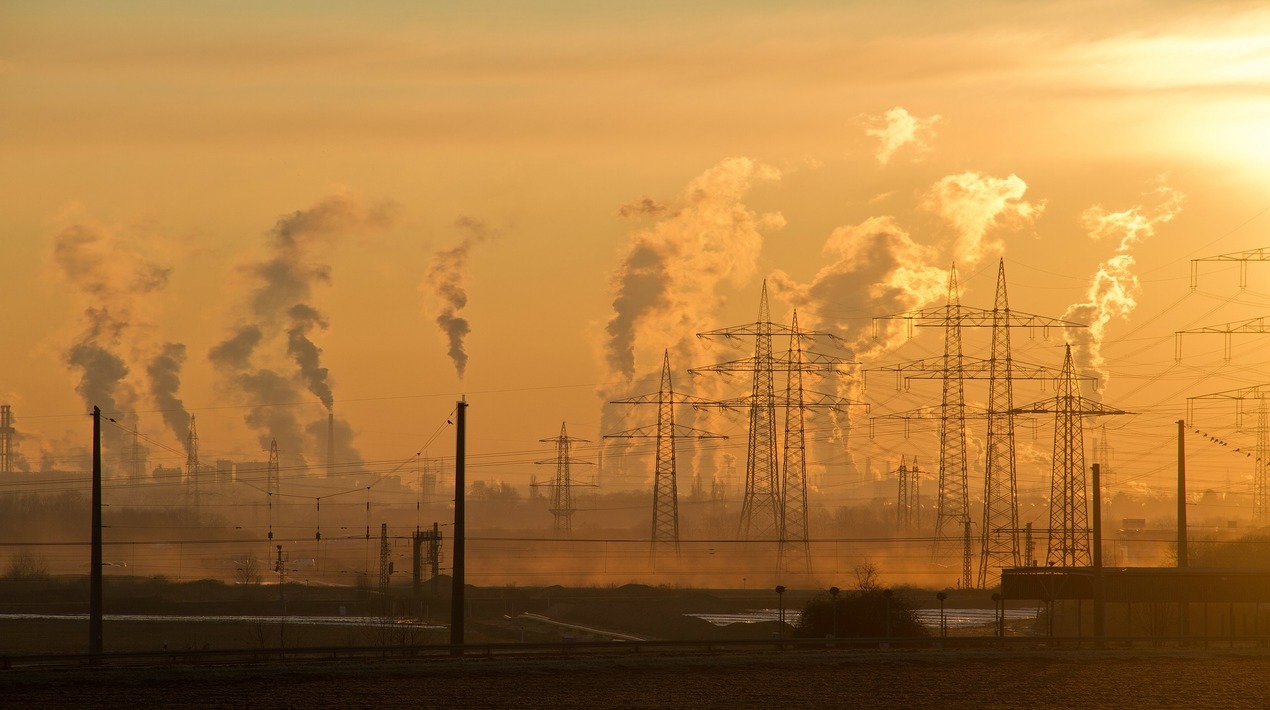
As a consequence of the climate crisis, the world has begun to move—inexorably but unevenly—toward a low-carbon future. This transition is just as significant as the initial adoption of fossil fuel-powered machines and electricity. And the transition to “net-zero” emissions—emitting no more greenhouse gases than are removed—must occur with greater urgency than previous industrial revolutions. The global economy is being remade, and every business, government, organisation, and individual has a role to play in accelerating this transition.
To address this, a newly formed Christchurch technology firm offers newly developed tech services aimed at efficiently integrating low-carbon technologies into the electricity grid.
The recent advanced service makes use of technology developed to help electricity distributors understand the capacity of their power lines to connect electric vehicles (EVs), solar power, and batteries. It also enables electricity distributors to prepare their networks for the expected increase in electric vehicles and solar power in their networks.
The challenge for the power system is to combine the sustainability-orientated policy targets with those linked to the security of supply and competitiveness. Aside from networks, this tech service also provides technology to find the best locations for solar farms and to assess the viability of rooftop solar for businesses.
The service’s developer mentioned that they had already completed a number of assignments for electricity distributors using their technology, allowing those distributors to more precisely target interventions in weaker parts of their networks and to use low carbon technology to provide capacity support, thereby delaying the construction of new gearbox lines.
Renewable energy generating units, storage solutions, and electric mobility are expected to play important roles in the unprecedented deployment of low-carbon technologies for electricity generation. Grid-connected energy storage systems are regarded as promising solutions for providing ancillary services to electricity networks and playing a significant role in the development of smart grids.
The system-of-systems approach recognises that existing industries will be reconfigured as a series of complex, interconnected, emissions-free systems, including energy, mobility, industry and manufacturing, agriculture and land use, and negative emissions. government, finance, and technology all play a role in facilitating the emergence of these systems.
Electricity generation emits approximately 40% of global CO2 emissions due to the combustion of fossil fuels to generate the heat needed to power steam turbines. When these fuels are burned, carbon dioxide (CO2) is produced, which is the primary heat-trapping, “greenhouse gas” contributing to global warming. Smart electric grid technologies have the potential to reduce CO2 emissions. The electric grid is divided into three major components: generation, transmission and distribution grid, and consumption. Smart generation includes the use of renewable energy sources.
Therefore, speeding up progress toward net-zero emissions and addressing the most difficult climate challenges will necessitate unprecedented levels of collaboration and coordination among emerging systems. These efforts should be built around a global stewardship ethos that envisions mankind not as owners, managers, or consumers but as caretakers of these organisations, communities, and the planet.
To date, electricity distributors have struggled to accurately understand their networks’ capacity for EVs and solar. However, this company’s technology developers have created technology that can use geographical information and machine learning, as well as precise EV and PV hosting capacity models, to use geographical information and machine learning accurately and precisely.
This assists distributors in determining where to focus power quality monitoring of electricity networks, how to mitigate overloading, and where, if necessary, to upgrade electricity distribution networks. As a result, the cost of providing network services can be reduced, and the cost of transitioning to a low-carbon future can be better managed.
Smart grids optimise the use of existing lines and substations for maximum efficiency and minimum losses in the gearbox network. In terms of consumption, implementing smart metres, as well as the use of smart house facilities and increased penetration of hybrid plug-in electric vehicles, will result in lower GHG emissions, energy conservation, and environmental preservation.
















